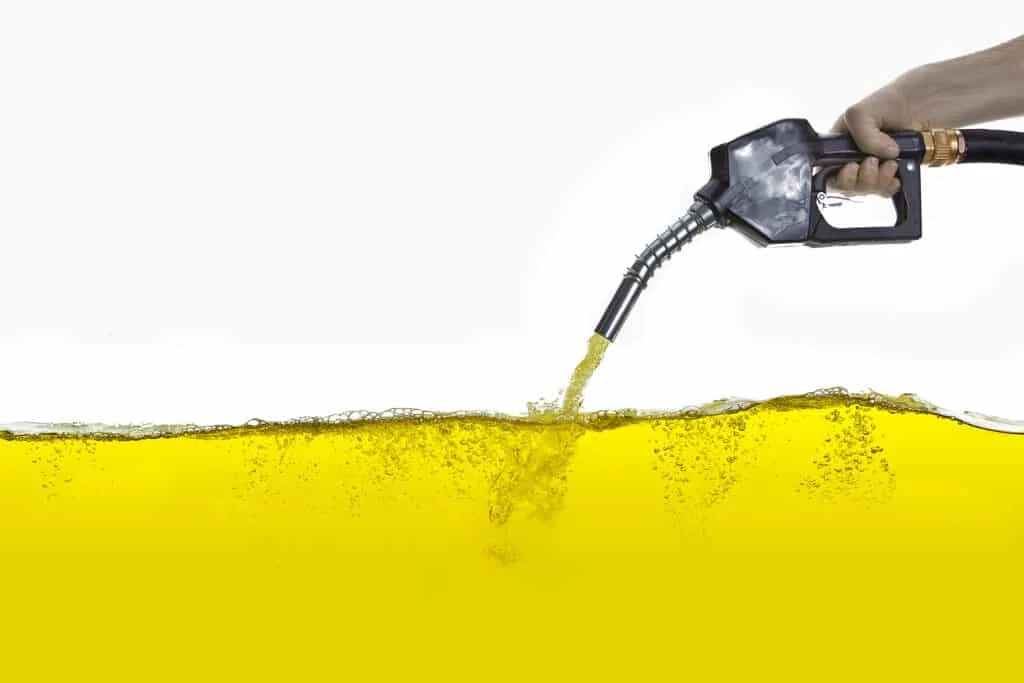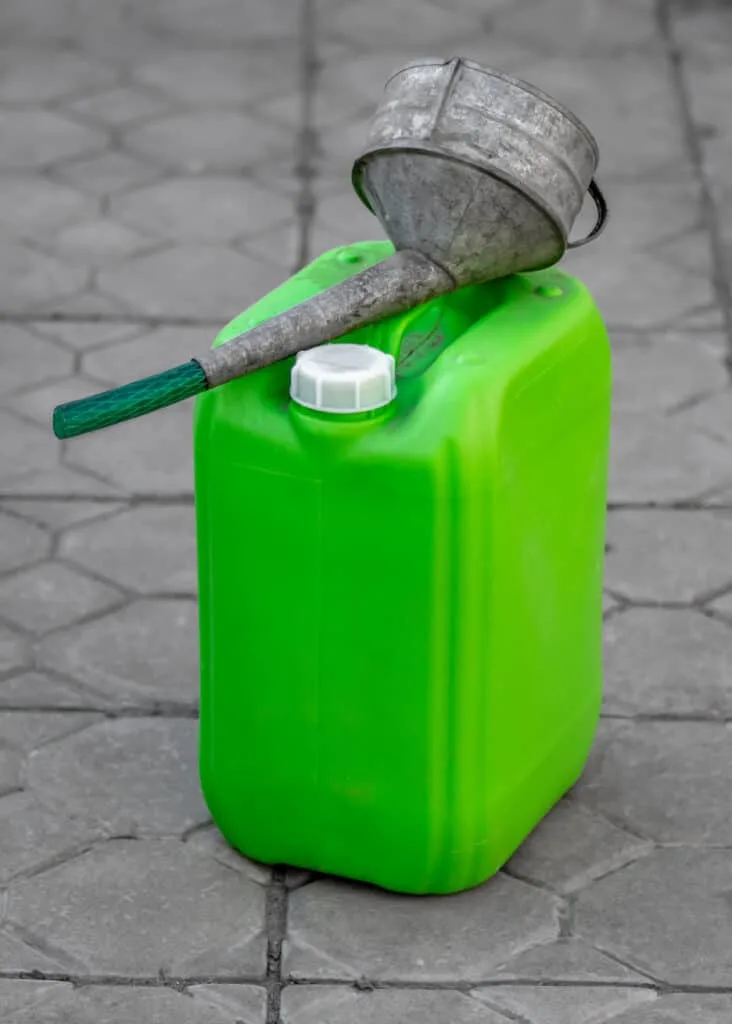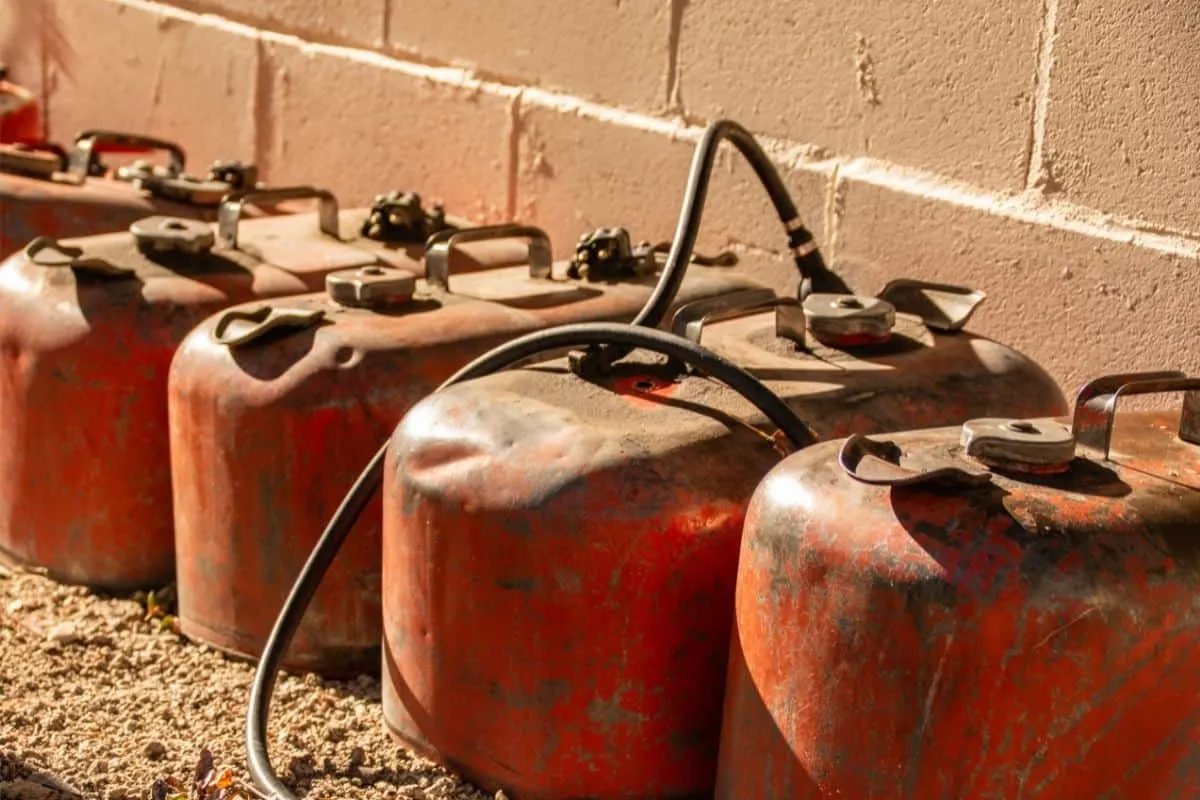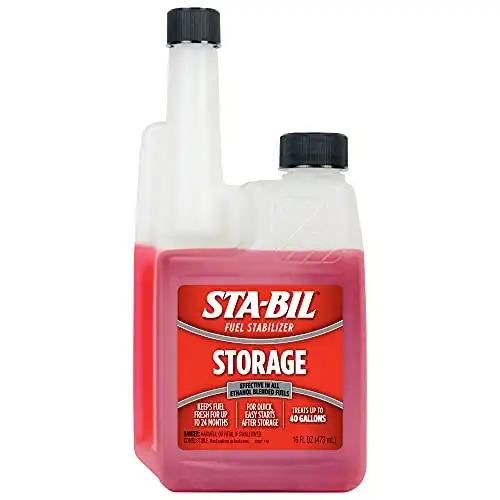As gas prices rise, many have decided to purchase gas in bulk and store it for use at a later date. However, after purchasing these large amounts of gas, many are left wondering how long their stash can be stored before it needs to be used or discarded.
Gasoline can typically be stored for around six months before its quality begins to degrade. In addition to proper storage, the shelf life of the gas also depends on the type of fuel being stored. While regular gasoline can last about six months, high ethanol fuels only last for a few months.
If you are thinking of storing gas for your vehicle, it is important to know how long it will last, as well as how to store it properly. Below, you will learn how long gas lasts, how to tell if it is expired, and the proper steps to take when storing it. Let’s get started!
When Does Gas Expire?
Whether you are storing your gas in a separate container or inside of the vehicle’s fuel tank itself, the fuel will only remain of good quality for a limited time.
The main factor that affects the “expiration date” of the gas you have stored is what type of fuel it is.
Regular gas can last about 3-6 months before it starts to degrade. Meanwhile, diesel can last up to a year, and organic-based ethanol can only be stored for about 1-3 months.
As a rule of thumb, the higher percentage of ethanol in the fuel, the faster it will deteriorate. Pure gasoline will last the longest of all the fuels. However, the shelf lives described above are conditional on the gas being stored properly.
One thing to keep in mind when determining how long the gas you have stored will last is that the gas is not brand new. Although it may be new to you, that fuel was created several months ago in a refinery.
The refinery likely stored the fuel for a period of time before sending it to the station. Once at the station, the gas could have sat for several months before you put it in your car.
While you can still store the fuel for some time, it may not last an additional six months. In fact, Exxon suggests using gasoline within a month of purchasing it.
How to Tell if Gas has Gone Bad

You may assume that using gas after its expiration date will be fine, but there are actually some significant consequences for your vehicle. After the gas has been sitting for some time, the chemical properties begin to change, and the gas is no longer able to serve its intended purpose in the engine.
Using bad fuel could result in a seriously damaged engine. This could include blockages in both the engine and the fuel line.
Additionally, bad gas can draw in moisture, which would then corrode the fuel tank. If you are aware of bad fuel being in your tank, drain it as soon as possible.
How are you supposed to tell if there is bad gas in your fuel tank?
There are a few warning signs you can look for. Bad fuel will not combust properly inside of the engine—this would then signal the check engine light. If your check engine light is on and your car is running fine otherwise, this may indicate poor quality fuel.
Another sign to watch for is sputtering or loss of power while driving. If your vehicle loses power while driving, especially when trying to accelerate, there is a good chance the vehicle is trying to run on bad fuel.
If you have yet to fill your vehicle with gas that seems questionable, some physical characteristics can help you determine if the fuel has gone bad or not.
First, consider the conditions in which the fuel was stored and how long it has been there. A bucket that has been sitting in the garage for over a year has likely allowed the fuel to oxidize. Do not use this fuel!
Note: Fuel should never be stored in an open container. Read all about proper fuel storage in the section below.
The next characteristics to look for are color and smell.
Pour some of the gas in question into a clear cup. If the gas is darker or smells sourer than normal fuel, then the gas has likely gone bad. If needed, pour some new gas into a clear cup as well and compare the two.
If the gas in question is only slightly darker than the new fuel, it probably hasn’t gone bad yet. This fuel can still be used.
However, it should be used in combination with newer gas for best performance. Be sure to use more of the newer fuel than the older fuel.
If the gas in question is drastically different in color and smell, it has gone bad and should not be used. Contact your local fire department or hazardous waste center to arrange for the proper disposal of the fuel.
Do not just leave the bad gas in your garage or shed because it could still combust and start a fire!
How to Store Gas

To give your gas the longest life possible, it needs to be stored properly. You should not store gas in a vehicle that will not run frequently. Drain the fuel tank of the vehicle and run the engine until it stalls. Store the gasoline according to the steps described below.
The first thing you need to know when storing gas is that it should not be mixed with any other substances. This could create a dangerous mixture and make the gas unusable.
Start by finding a container to store the gas in. This container needs to be approved for gas storage and be only 5 gallons or less in size. (Size restrictions may vary by area. Contact your fire department to learn your local regulations.)
When filling the container, be sure to leave some room for the fuel to expand over time. Once filled, the container needs to be tightly sealed so that air and moisture cannot get in. Handle the container with care and be sure to label the container with the amount and type of gas being stored.
More important than preventing air from getting in is stopping gas fumes from getting out. If gas fumes are able to escape, even the slightest spark or contact with a pilot light could ignite them.
Never store gas inside your home, and if possible, avoid storing it in a garage as well. Store fuel in a shelter away from the home, such as a shed.
Assuming the fuel is stored in perfect conditions, it could maintain its quality for at least six months. If you need the gas to last longer than six months, you could add a fuel stabilizer to extend its shelf life.
Fuel stabilizers slow the oxidation and evaporation of the gas, extending the shelf life between 1-3 years. How long the fuel lasts will depend on the quality of the stabilizer.
Fuel stabilizers should only be used in new gas. It will not be able to revive gas that has already gone bad.

